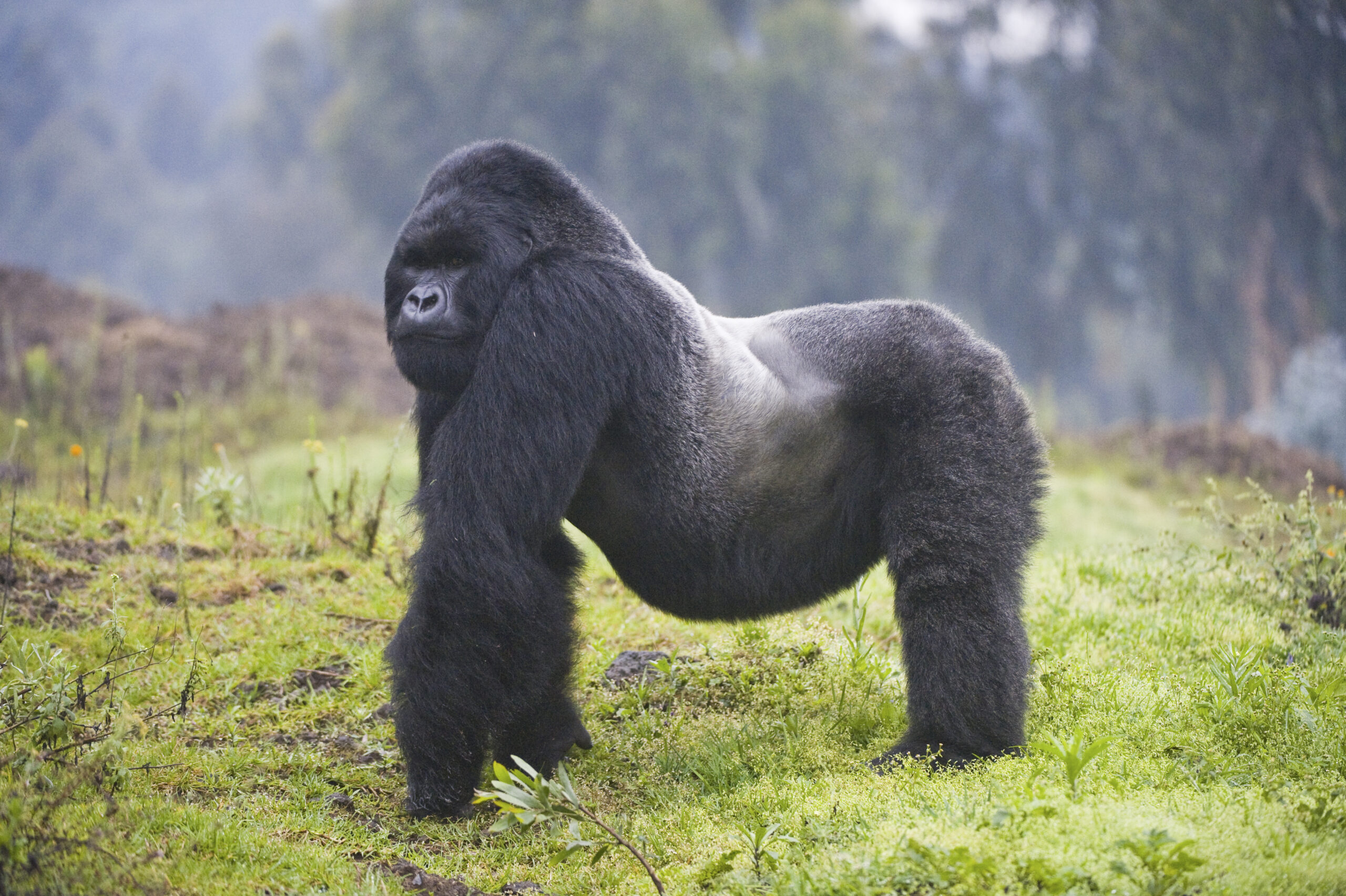In the vast realm of the animal kingdom, the distinction between various species can sometimes be as intricate as the ecosystems they inhabit. One such intriguing query that often arises is whether a gorilla falls under the category of monkey types.
In this article, we delve into the world of primates, exploring their diverse classifications and shedding light on the unique characteristics that set gorillas apart from their monkey counterparts.
The Primate Paradigm
Before we embark on the journey to unravel the gorilla’s true identity, it’s crucial to understand the broader context of primates. Primates encompass a vast order of mammals that includes lemurs, monkeys, apes, and humans. These remarkable creatures share common characteristics such as forward-facing eyes, grasping hands and feet, and highly developed brains.
Monkeys in the Primate Family
To address the burning question, let’s first define what constitutes a monkey. Monkeys are a diverse group of primates that generally feature tails, distinguishing them from their tailless ape counterparts. With over 260 known species, monkeys exhibit a wide range of sizes, behaviours, and habitats.
Gorillas: Beyond the Monkey Business
Now, let’s shift our focus to gorillas. Gorillas belong to the ape family, a subgroup within the broader primate classification. Unlike monkey types, gorillas lack tails, a key feature that distinguishes them from their tailed relatives. Their imposing size, strength, and predominantly ground-dwelling lifestyle further set them apart from the more arboreal and agile monkeys.
A Closer Look at Gorilla Anatomy
To solidify our understanding, let’s examine the anatomical features that differentiate gorillas from monkeys. Gorillas possess robust builds with powerful limbs, adapted for a life spent primarily on the ground. Their large, domed skulls house brains that are highly developed, rivaling the intelligence observed in some monkeys and surpassing it in certain aspects.
Social Structures: Ape vs. Monkey
Beyond physical characteristics, social structures provide another layer of contrast between gorillas and monkeys. Gorillas exhibit complex social behaviors and live in cohesive family groups led by a dominant silverback male. In contrast, monkey social structures vary widely, with some species forming large troops while others prefer smaller, tight-knit units.
Ecological Niches Explored
Understanding the ecological niches occupied by gorillas and monkeys further emphasizes their differences. Gorillas are primarily found in dense forests and mountainous regions, utilizing a herbivorous diet to sustain their massive bodies. Monkeys, on the other hand, display remarkable adaptability, inhabiting a diverse array of environments ranging from rainforests to savannas.
Evolutionary Paths
To appreciate the intricacies of primate evolution, it’s essential to explore the divergent paths taken by monkeys and apes, including gorillas. While monkeys have adapted to a life of climbing and leaping through trees, apes like gorillas have evolved to thrive on the ground. These evolutionary adaptations have shaped their physical attributes, behaviors, and ecological preferences.
Conservation Concerns
As we unravel the distinctions between gorillas and monkeys, it is imperative to address the conservation challenges facing these remarkable creatures. Both gorillas and monkeys are vulnerable to habitat loss, poaching, and disease, underscoring the urgent need for concerted conservation efforts to ensure the survival of these species.
Conclusion
The query of whether a gorilla is a type of monkey finds resolution in the nuanced realm of primate taxonomy. Gorillas, magnificent apes with their own set of unique characteristics, stand distinct from the diverse and tail-bearing monkey family. By exploring the anatomical, behavioral, and ecological disparities between these primates, we gain a richer understanding of the remarkable biodiversity within the primate order.

Carl is the dedicated author behind Bihar Job Portal, your go-to source for discovering the latest job openings in Bihar. With a passion for connecting job seekers with opportunities, Carl has curated a platform that provides comprehensive information on Bihar Job Portal, Vacancy, Bihar Job Alert, Bihar Govt Job, and Bihar Career Portal.
